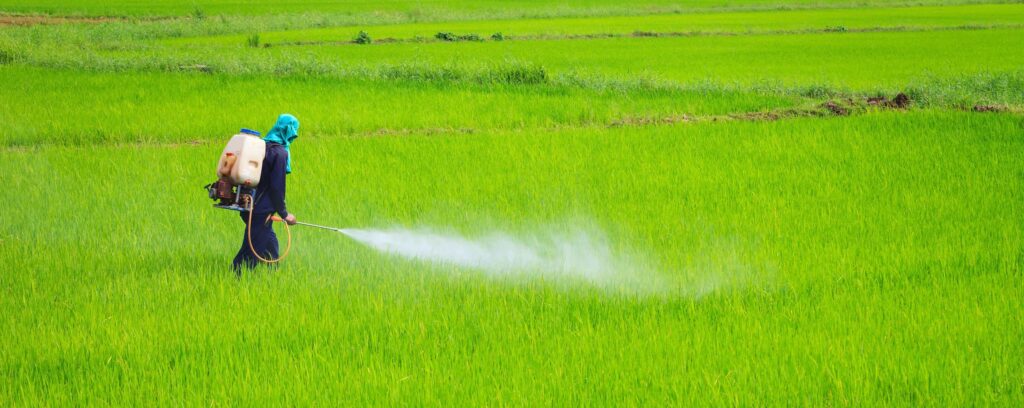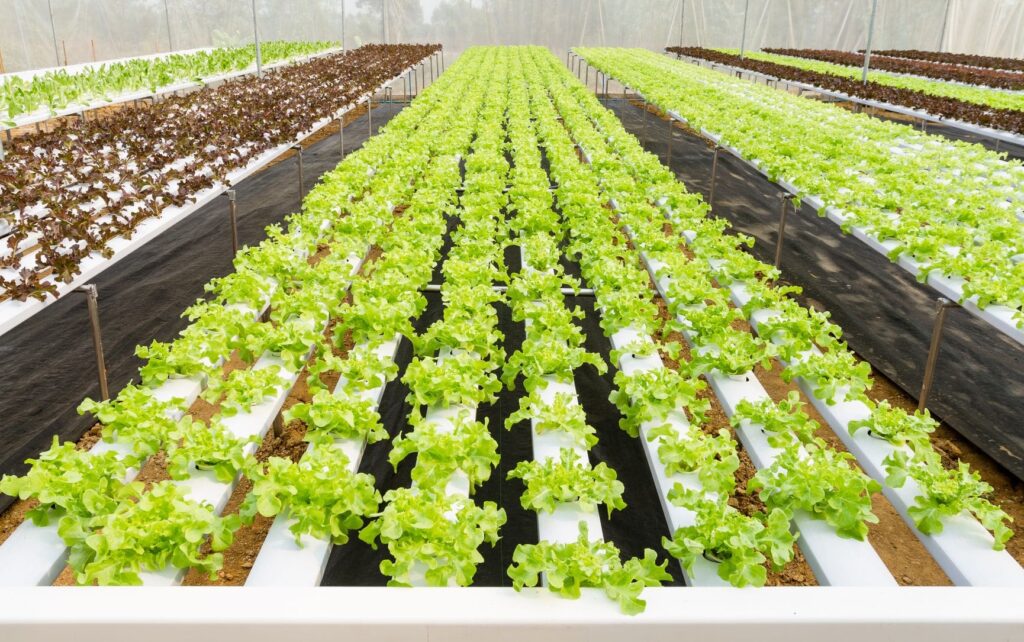Growing enough fruits and vegetables to feed the planet is a monumental task. The Industrial agriculture industry has developed cost-effective methods to grow fresh produce to feed entire populations by using pesticides and chemical disinfectants. These chemicals, however, can build up in the human body over time and become the cause of potential health problems.
For decades, the produce industry has been using chlorine for disinfecting produce and removing traces of pesticides, but chlorine is not 100 percent effective at killing bacteria. Moreover, chlorine leaves residual traces that are harmful to the human body and the environment. Health experts have long expressed concerns about the residue left by chlorine treatment. Now, there is a significantly better alternative — ozonated water.
Ozone is a strong oxidant that acts as a natural disinfection agent. Disinfection using ozone removes the need for dangerous chemical disinfectants and is an environmentally friendly alternative to traditional chemical sanitization products. Ozone acts 3,000 times faster than chlorine and is 50 times more effective. After the sanitization process ozone simply reforms into oxygen molecules, without emitting any harmful by-products.
Research has verified that disinfecting fruits and vegetables with ozonated water is superior to using conventional safety and sanitation methods such as chlorine to remove traces of pesticides. It’s important to understand what harmful chemicals are on our produce to better understand how ozone works to remove them.
Pesticides are Toxic, and Toxins are Harmful to Humans
The most widely used disinfectant for produce such as apples and peaches is organophosphates. The US Department of Agriculture reports that almost 81 percent of apple and peach produce is sprayed with an organophosphate treatment. While this disinfectant might work well in protecting these crops, it has tremendous side effects on humans. This may come as a surprise, but these chemicals are not designed to be “pest-specific”. According to the Center for Disease Control (CDC), the organophosphate diazinon works by damaging acetylcholinesterase, a cholinergic enzyme critical for controlling the nervous system. In short, the same chemicals that short-circuit the nervous systems of pests may also be poisoning the humans that eat the treated produce.
Research on Organophosphates
A study carried out by the CDC reported that many children with leukemia tested positive for high concentrations of organophosphate in their blood. Other studies suggest that there is a strong connection between pesticide exposure and diseases such as lymphoma and leukemia before ingesting small amounts of pesticide-treated produce. The research shows that chemicals that enter our body through regular produce consumption accumulate over time in our bodies.

How Ozone Can Remove Hazardous Chemicals From Produce
Over the past two decades, US consumption of fruits and vegetables has significantly increased. During the same period, however, incidents related to foodborne diseases have also grown. Now recognized for the serious crisis, the problem of pesticide ingestion is gaining public attention.
Before industrial farmers began the widespread adoption of using harmful pesticides to control crop waste, cleaning methods worked well enough to remove minor amounts of chemical residuals from our food. Heavier doses of toxic chemicals, however, leave more toxic residue, which can cause reactions that harm the human body. Ozonated water and ozone sprays reduce toxins and leave no residue.
Ozone as an Oxidizing Agent
The primary use of ozonated water in the produce industry is as an oxidizing agent. Ozone works faster than chlorine and does not leave any chemical residue that could harm us. Ozone is reactive at high concentrations, but then quickly decays into ordinary oxygen within 20 minutes.
Ozonated water is a much stronger element than oxygen because of its high-energy molecular bond. This decomposition into oxygen is what makes ozone safe for food products because it leaves no residue behind. Fresh fruits and vegetables should be thoroughly rinsed with ozonated water. The wash water can be reused after a combination of filtration and ozonation.
Ozone Water Makes Produce Safe
Ozonated water — or ozone water as it’s sometimes called — is used in multiple industries, including bottled water bottling plants. Ozone also stops fruits and vegetables from collecting bacteria, deflects insects, and halts the spread of mold and yeast during shipping. Furthermore, ozonated water has been recognized by the British Organic Soil Association. It can be used to clean organic agriculture products and leaves no chemical residue on food.
The Bottom Line
Industrialized farming has revolutionized food production, but in an unwanted side-effect, our food now potentially carries disease-causing bacteria that can cause significant harm. The use of chlorine may be harmful to humans, but with ozonated water, the produce industry and consumers now have an effective method of removing the toxic effect of pesticides without more chemicals. More consumers across the world are now demanding that their produce be free from both bacteria and chemicals. With numerous studies demonstrating the efficiency of ozone as a cleaning treatment for fruits and vegetables, it is time to consider ozone a different, safer approach to food preparation and cleansing.



